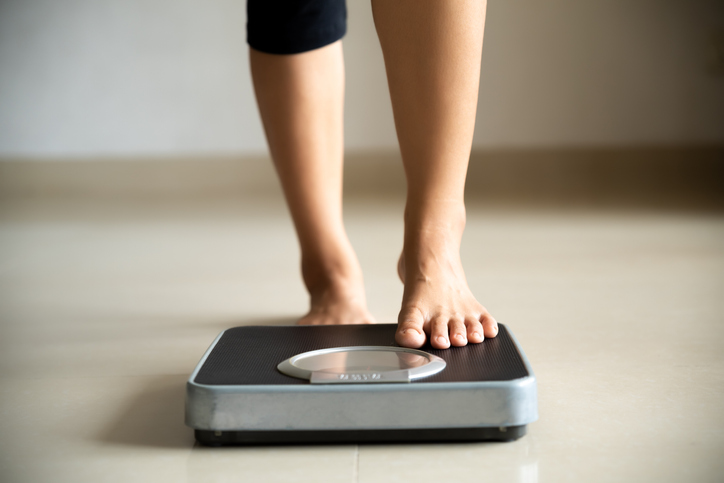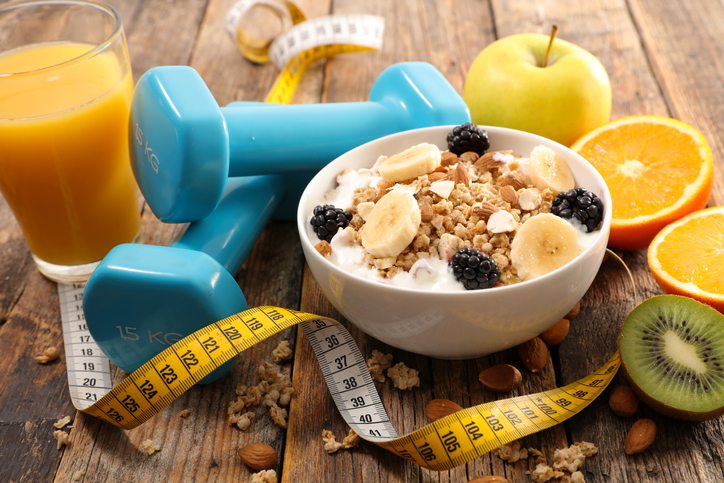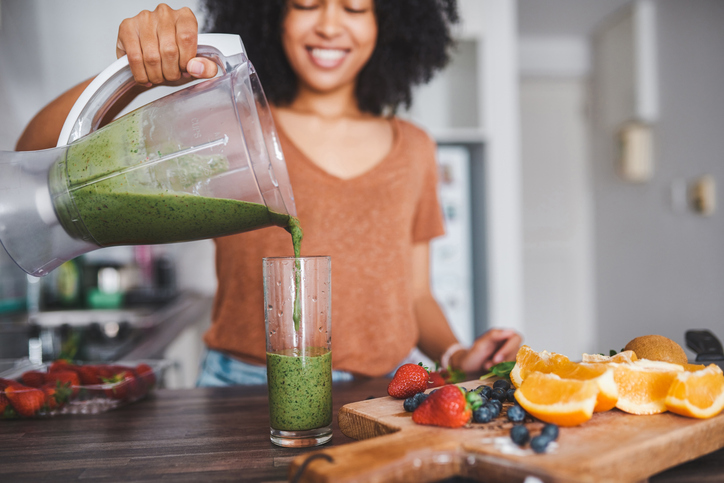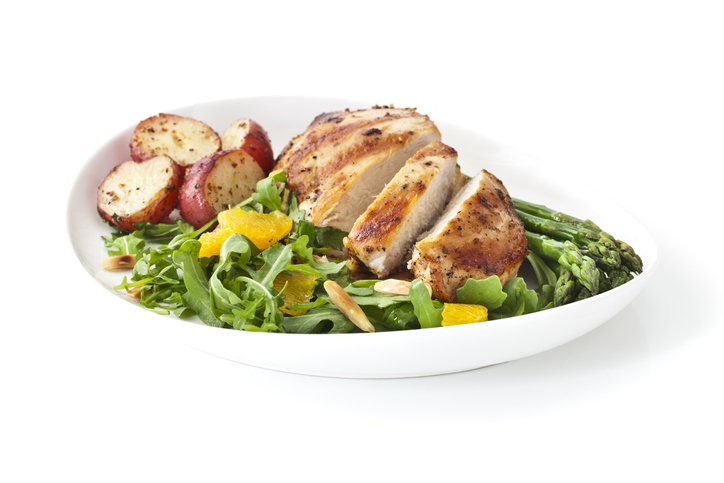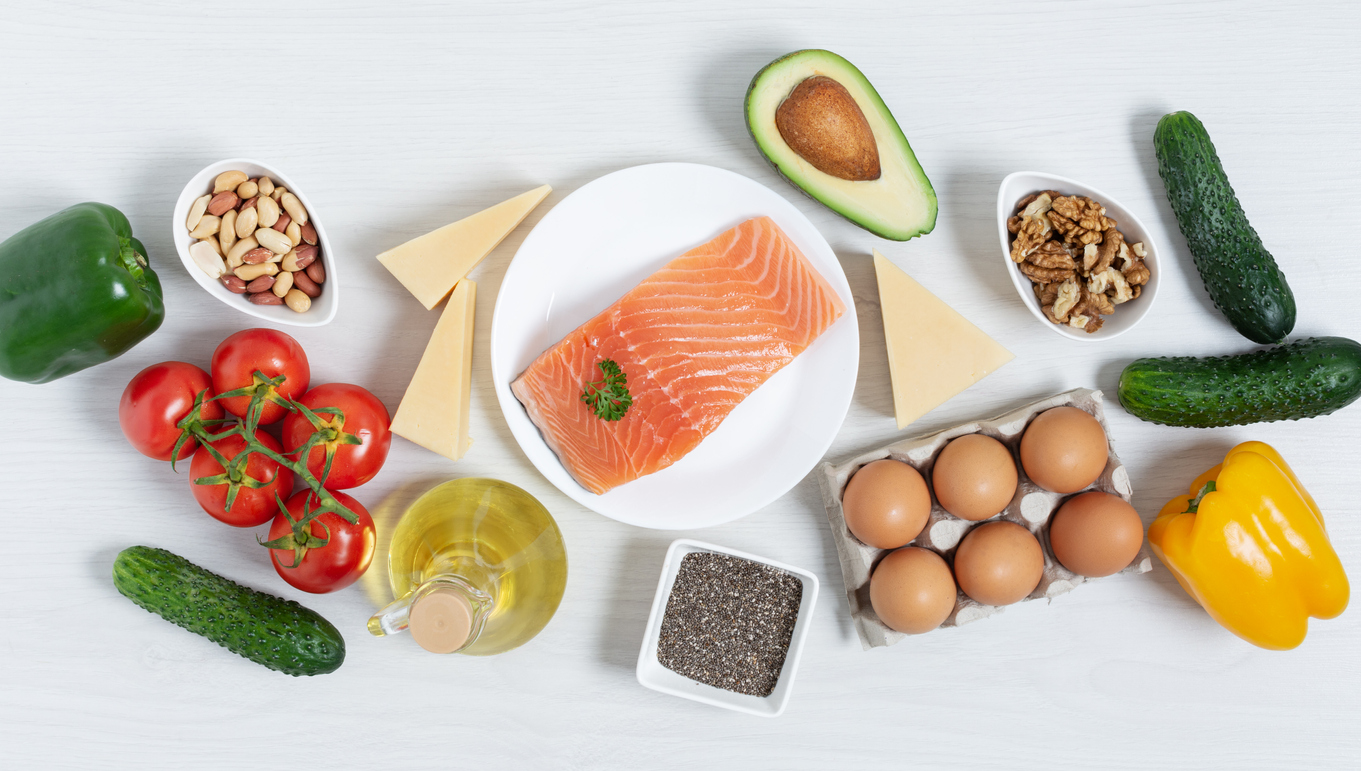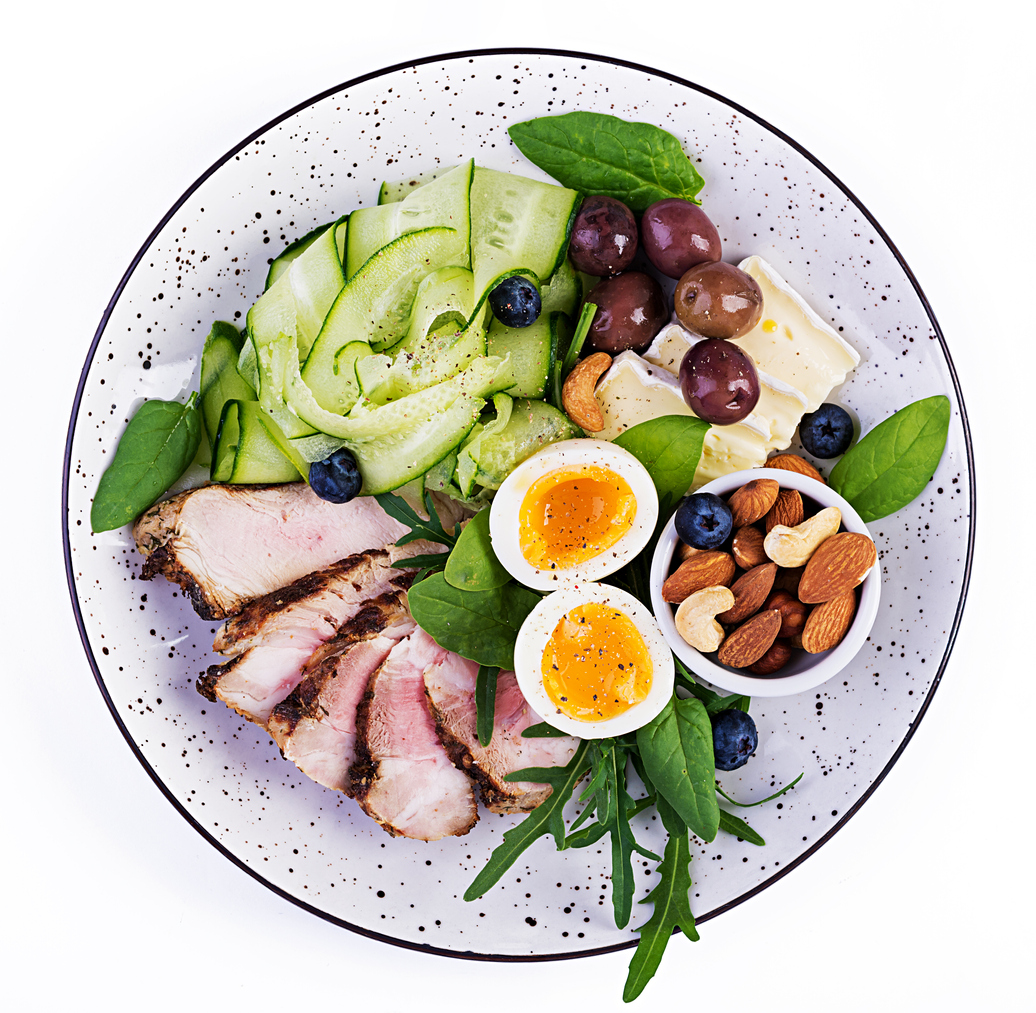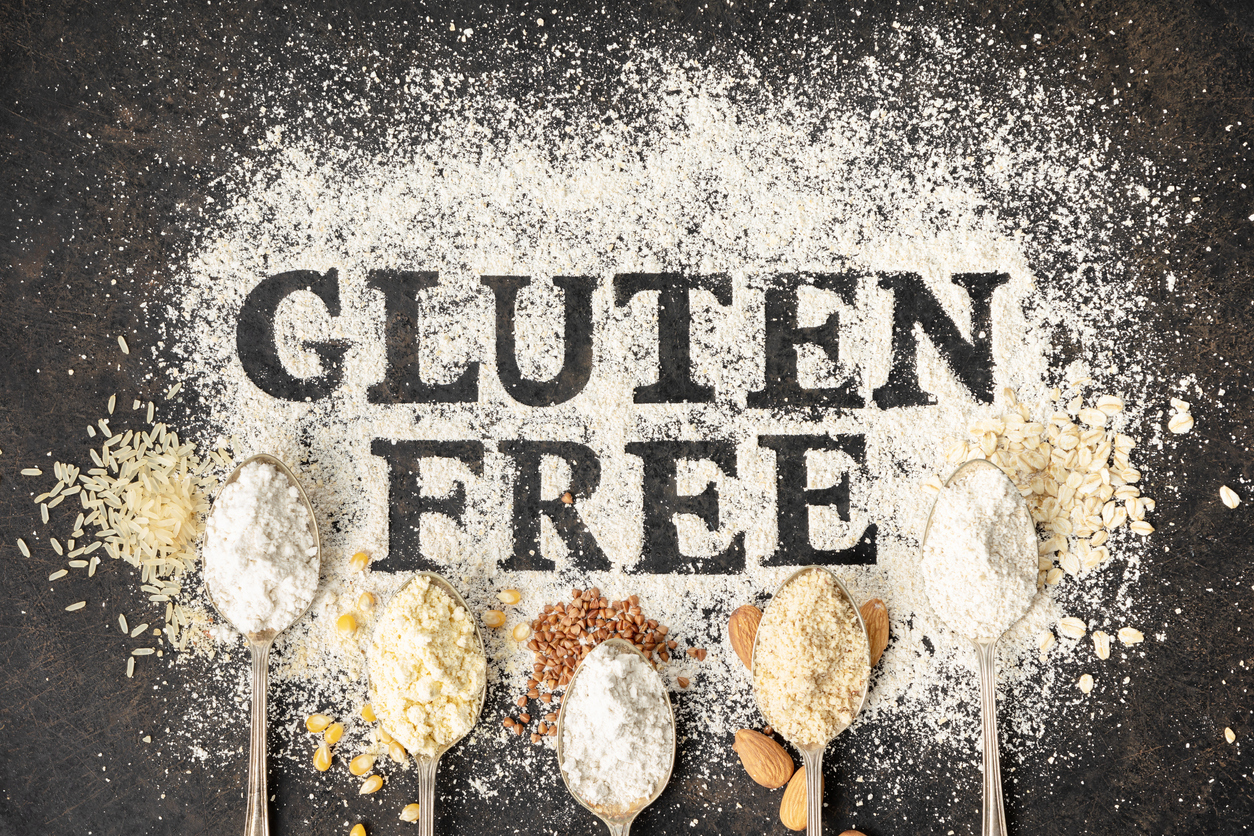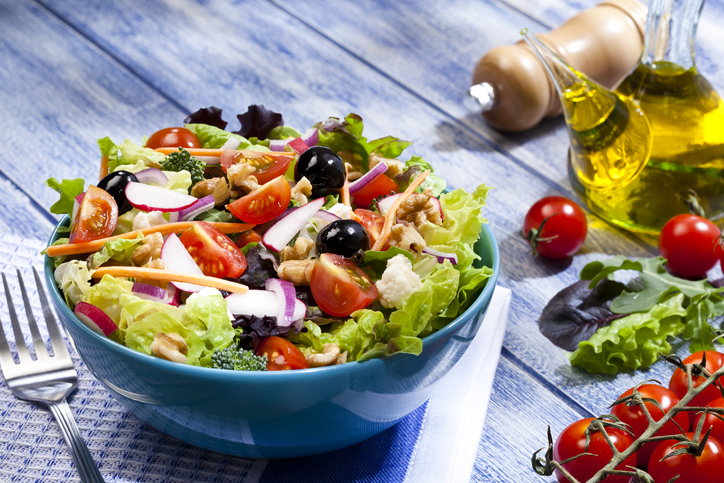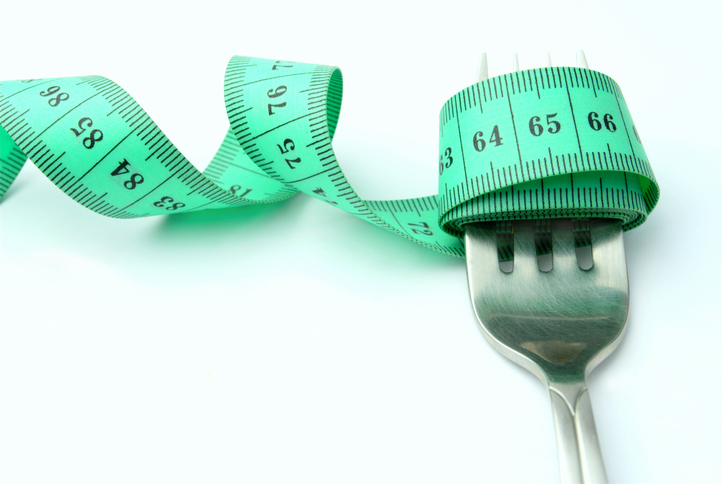Wellness
Dealing with Challenges of Healthy Eating
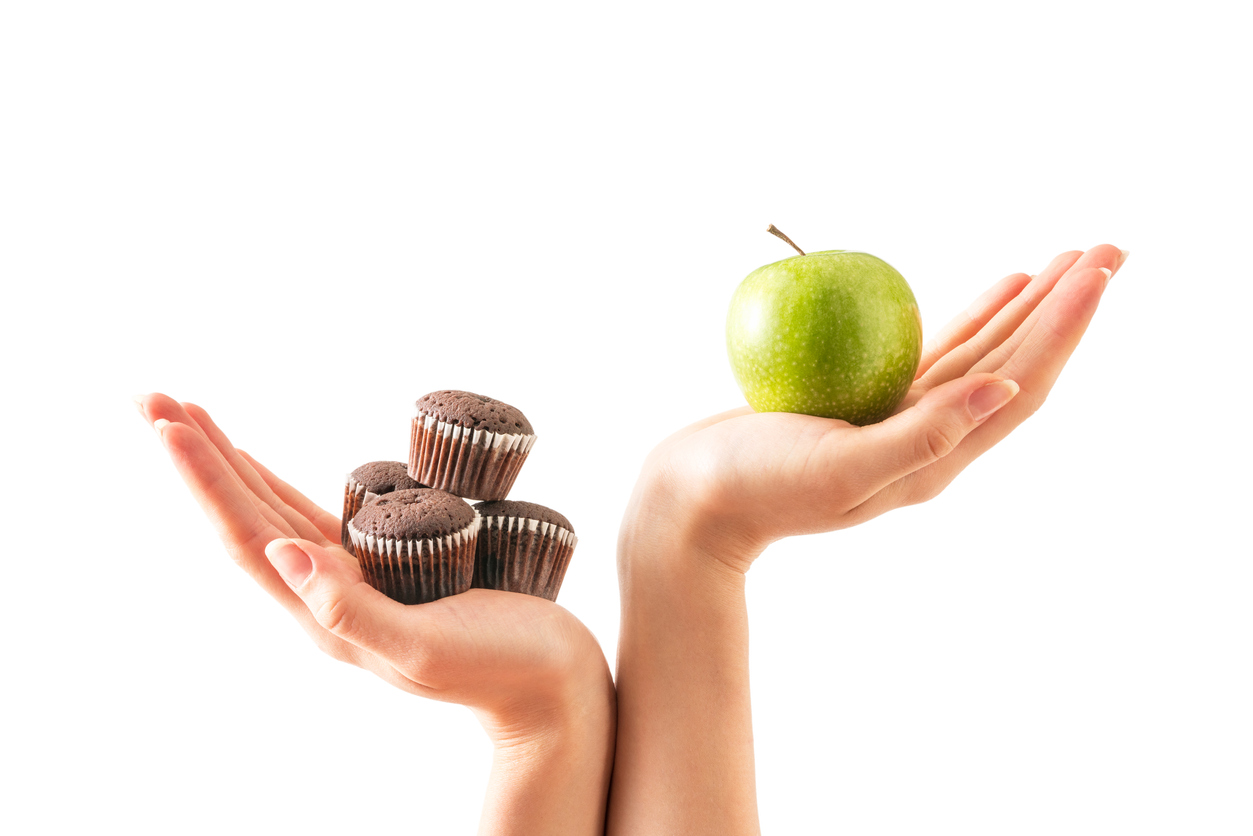
Individuals with chronic pain or a chronic illness may experience unique challenges when it comes to healthy eating. Pain or fatigue may prevent shopping for fresh groceries or preparing healthy meals. Mobility issues can make the cooking process difficult. Pain or pain medications may either reduce an individual’s appetite or cause them to overeat. However, eating healthy while living with chronic pain is possible.
Dealing with pain or fatigue
When fatigue or pain are at high levels, health eating may involve the following:
- When energy is higher to prepare meals, cook enough to have leftovers available for times when fatigue or pain levels are high.
- Use a meal kit delivery service if pain and fatigue prevent trips to the grocery store. These kits have everything needed to make a meal, including fresh produce and sources of protein.
- Let a slow cooker do the work. Many slow cooker recipes involve simply adding all ingredients and letting them cook for several hours.
Dealing with mobility issues
When mobility is a problem that hinders healthy eating, try the following:
- Purchase assistive devices, such as an electric can opener, adaptive cutlery, pans with two handles, or lightweight pans to make cooking easier.
- If standing or moving around the kitchen is difficult, have a chair or stool available. The chair can be placed at a countertop along with all materials that will be needed, or it can be placed in front of the stove.
- Choose simple recipes with few ingredients and less required steps in order to save time and energy in the kitchen.
Dealing with under eating or overeating
If chronic illness is causing eating too much or too little, try the following:
- If struggling with loss of appetite, try eating the biggest meal of the day at a time when hunger is the greatest. For example, switch having dinner as the biggest meal with breakfast, or vice versa. This may help if the appetite is diminished by the end of the day.
- When a good amount of calories cannot be consumed during meals, add nutritious snacks throughout the day.
- If food is used as a distraction from pain, try using other distraction techniques, such as participating in a hobby, doing breathing exercises, or calling a friend or family member.
- When food provides comfort from dealing with pain, try reaching for anti-inflammatory foods instead. Processed foods are high in sugar, salt and fat, which can increase inflammation and pain. On the other hand, fruits, vegetables, legumes and seafood can help reduce inflammation and pain.
Additional sources: Versus Arthritis, Pain Doctor, Confronting Chronic Pain, and Breastcancer.org
